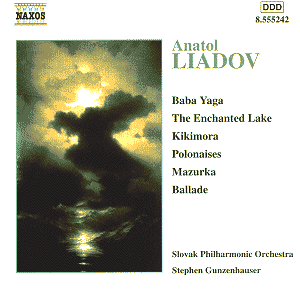 Composer: Wolfgang Amadeus Mozart
Composer: Wolfgang Amadeus Mozart
Works: Clarinet Quintet in A K581, Clarinet Concerto in A K622
Performers: Jean-Claude Veilhan, basset-clarinet; Stadler Quartet; La Grande Ecurie et le Chambre du Roy/Jean-Claude Malgoire
Recording: Paris 1989 (Concerto), 1992 (Quintet)
Label: K617 Records K617030 [58:02]
Mozart’s works for the basset-clarinet stand as seminal contributions to the clarinet repertoire, showcasing the instrument’s unique capabilities and tonal richness. The Clarinet Quintet in A K581 and the Clarinet Concerto in A K622, both originally intended for the basset-clarinet, reveal the composer’s deep understanding of the instrument’s expressiveness. This recording, featuring Jean-Claude Veilhan alongside the Stadler Quartet and the ensemble La Grande Ecurie et le Chambre du Roy under Jean-Claude Malgoire’s direction, invites listeners to re-examine these masterpieces through the lens of an instrument that, while less common today, embodies a distinctive sound palette that Mozart himself cherished.
Veilhan’s interpretation brings a refreshing perspective, particularly in the Quintet. The brisk tempos adopted in the outer movements imbue the work with an energetic vivacity that is both engaging and invigorating. The Larghetto retains a tranquil grace, serving as a poignant contrast. However, it is in the menuetto where the ensemble’s dynamic interplay shines, characterized by an urgent forward momentum that propels the music. Yet, the tonal quality of the basset-clarinet, described as somewhat throaty, diverges from the mellifluous clarity typically associated with modern clarinet performances. The slight unevenness in Veilhan’s tone, particularly during shifts in register, may distract some listeners, though it does lend an authenticity reflective of the instrument’s historical context.
The recording quality presents its own challenges. The Concerto suffers from a somewhat boxy acoustic, with close microphone placement resulting in a lack of balance between soloist and orchestra. This close-up perspective initially feels intrusive; nevertheless, as one acclimates, the high-quality playing of the small accompanying ensemble begins to emerge. The idiosyncratic recording does not undermine the musicality present, but it does require a degree of patient listening. The Concerto itself, while showcasing Veilhan’s virtuosity, reveals moments where the inherent clumsiness of the basset-clarinet—especially in intricate passages—can detract from the work’s refined elegance. It is less a matter of technique and more about the instrument’s physicality, which inherently alters the execution of rapid figurations.
Engaging with this recording of Mozart’s basset-clarinet works offers an unusual yet rewarding experience, marrying historical authenticity with interpretative vigor. While the tonal idiosyncrasies of the basset-clarinet may not resonate with all, the distinct character brought by Veilhan’s performances, alongside the spirited accompaniment of the Stadler Quartet, culminates in a compelling listening experience. These interpretations, while perhaps flawed in their execution, are invaluable for their insight into the intended sound world of Mozart’s compositions. The recording stands as a testament to the enduring charm of these works, ultimately affirming their place within the canon of classical music.



